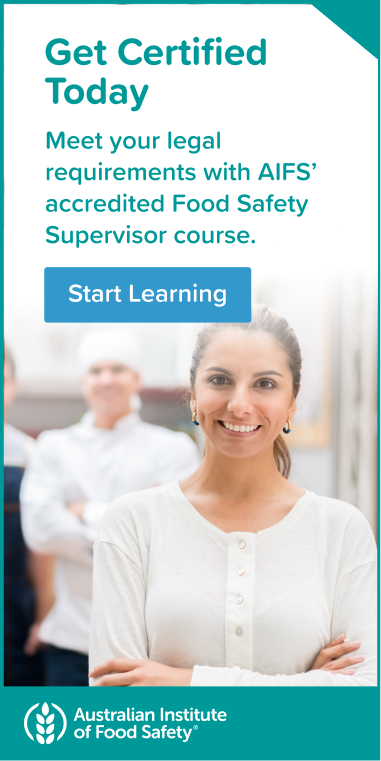
In December 2019, a novel (new) coronavirus was first reported in Wuhan City, China. Since then, the virus has quickly spread to 60 countries internationally, including Australia. The amount of cases in Australia is low, and the most up-to-date status of worldwide cases can be found in the World Health Organization’s situation report, which is updated daily. As of February 2020, the virus has been officially named SARS-CoV-2 and the disease it causes has been named COVID-19.
What are coronaviruses?
Coronaviruses are a family of viruses that are found in humans and many different species of animals such as cats, bats and cattle. There are many different coronaviruses such as Severe Acute Respiratory Syndrome (SARS) and Middle East Respiratory Syndrome (MERS). Rarely, coronaviruses can spread from animals to humans, and consequently spread from humans to humans.
What are the symptoms of COVID-19?
Symptoms of the COVID-19 can range from a mild cough to pneumonia. According to the World Health Organization (WHO), in mild or moderate cases, symptoms include:
-
fever
-
cough
-
shortness of breath
While these symptoms mimic those of the common flu, COVID-19 can cause more serious symptoms in some people. In severe cases the disease can cause pneumonia, severe respiratory symptoms, kidney failure or death. It is still unclear why some people get more serious infections than others. However, it does appear that people in high-risk groups – such as elderly people or those with pre-existing medical conditions – have a higher chance of having severe symptoms from COVID-19.
How is COVID-19 spread?
According to the Australian Government Department of Health, evidence indicates that the virus spreads from person to person.
COVID-19 can be spread human to human through:
- direct or close contact with a person who is infected
- direct contact with droplets from an infected person’s cough or sneeze
- directly touching objects/surfaces that have cough or sneeze droplets from an infected person on them, and then subsequently touching the mouth or face
How does COVID-19 affect the food industry?
Currently, the greatest risk of spreading COVID-19 is through direct contact with an infected person or droplets from their cough or sneeze. This means that food businesses need to be extremely diligent with maintaining the health and hygiene procedures laid out in their Food Safety Program.
Biological contamination of food could occur from Food Handlers that have the virus and either knowingly or unknowingly continue to work in the food premises and with food. Contamination can also occur on surfaces such as cooking equipment, chopping boards, tableware and food preparation areas – making other Food Handlers or customers on the premises at risk of contracting the virus. It is imperative that all Food Handlers know and follow proper hygiene protocols and the procedures for reporting illnesses at work.
Keep in mind that it isn’t just Food Handlers that could spread the virus in a food business. Infected customers dining at a food business can leave infected saliva droplets on surfaces when they cough or sneeze – putting Food Handlers or other customers at risk of contracting the virus. Maintaining a clean and sanitised food business is a regulation that must be complied with under Standard 3.2.2 of the Australia New Zealand Food Standards Code.
How to prevent the spread of COVID-19 in your food business
Creating and implementing a robust Food Safety Program is vital to maintaining a hygienic and safe food business, not only for your customers but your staff as well. A trained and knowledgeable Food Safety Supervisor can help to ensure that the Food Safety Program is being followed — keeping the risk of a COVID-19 outbreak low, and your customers and staff healthy. Train a Food Safety Supervisor for your food business with the Australian Institute of Food Safety’s nationally recognised Food Safety Supervisor Course.




